Description
ABB PFEA111-65 (3BSE028140R0065) – Pulse/Encoder Interface Module for ABB S800 I/O / AC 800M Systems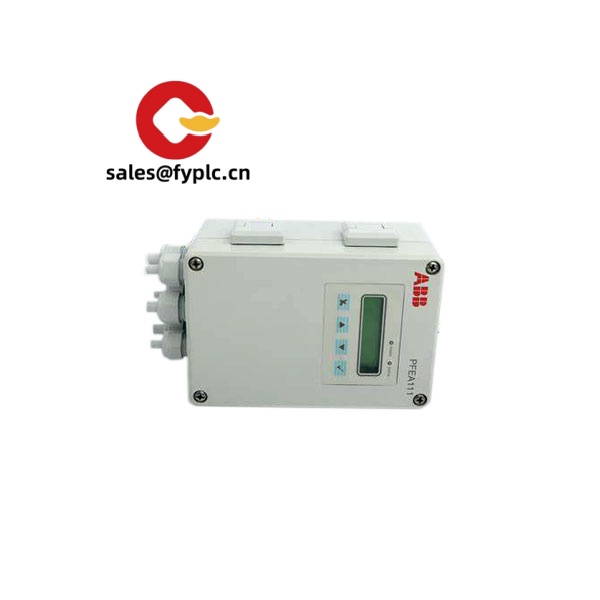
The model designation “PFEA111-65” in ABB’s 3BSE-series typically denotes a pulse/frequency/encoder adapter used within the S800 I/O family, feeding high-speed pulse or incremental encoder signals into AC 800M-based control systems. One thing I appreciate is how it helps bridge real-world speed or position feedback—such as from incremental encoders, tacho pickups, or proximity-sensor pulses—into a clean, deterministic controller input. From my experience, it’s a straightforward way to add speed feedback into drives, line shafts, or flow-counting applications without redesigning the I/O backbone.
Order Placement Process and Guarantees
- Warranty: 365 days
- Delivery: 1 week if in stock; no more than one month at the latest
- Payment: 50% advance payment; full payment before delivery
- Express Options: FedEx, UPS, DHL
Key Features
- Pulse/Encoder signal support – Typically handles incremental encoder (TTL/RS‑422) and general pulse/frequency inputs for speed, count, or position feedback.
- Seamless S800 I/O integration – Designed to mount with S800 I/O terminal units, simplifying wiring and ensuring clean ModuleBus communication to AC 800M.
- Deterministic measurement – Stable acquisition for encoder pulses and counters so the controller logic can react without added jitter in most cases.
- 24 V DC backplane power – Usually powered through the S800 I/O backplane, keeping cabinet wiring simple and tidy.
- Shielded wiring practices – The mechanical and electrical design favors shielded twisted pair encoder cables to reduce noise in drive cabinets.
- Serviceable and replaceable – Swap at the I/O rack without disturbing the whole system; helpful for maintenance windows on running lines.
Technical Specifications
| Brand / Model | ABB PFEA111-65 (Part No. 3BSE028140R0065) |
| HS Code | 853890 (Parts of electrical control apparatus; reference classification) |
| Power Requirements | 24 V DC via S800 I/O backplane; typically < 3 W consumption |
| Signal I/O Types | Incremental encoder inputs (TTL/RS‑422, differential) and pulse/frequency counting inputs; 5 V encoder supply often available |
| Communication Interfaces | S800 ModuleBus integration to AC 800M controller environment (via S800 communication interfaces) |
| Operating Temperature | 0 to +55 °C (typical for S800 I/O); storage −40 to +70 °C |
| Dimensions & Weight | Approx. 122 × 45 × 102 mm; ~0.20 kg (in line with S800 I/O form factor) |
| Installation Method | DIN-rail via S800 I/O terminal unit (TU8xx series); front plug-in connectors for field wiring |
Note: The details above reflect the typical capability and mounting style of ABB PFEA-series encoder/pulse adapters used in S800 I/O systems. Exact signal limits and wiring pinouts should be confirmed against your specific revision and project documentation.
Application Fields
- Drive feedback for web lines, conveyors, winders/unwinders, and extruders where incremental encoder speed/position feedback is required.
- Flow or count measurement via pulse pickups on meters and sprockets in water treatment, packaging, or logistics systems.
- Turbomachinery and rotating equipment speed monitoring with proximity probes or encoder wheels.
- General machine control within 800xA/AC 800M architectures using S800 I/O racks near the process.
You might notice that plants migrating older encoder cards often adopt PFEA11x with minimal cabinet changes. A maintenance lead told me, “We swapped in a new module during a short stop, kept the same shielded pairs, and the trend data was immediately cleaner.”
Advantages & Value
- Reliability – Industrial-grade design that typically tolerates electrical noise common in drive panels.
- Compatibility – Works within ABB’s S800 I/O and AC 800M ecosystem; reduces integration risk and engineering time.
- Cost Control – Drop-in form factor on existing TU8xx terminal bases helps avoid cabinet rework.
- Lifecycle Support – Good availability of spares and documentation; helps standardize across multiple lines.
- Serviceability – Quick replacement without re-terminating large harnesses, which in many cases shortens downtime.
Installation & Maintenance
- Cabinet & mounting – Install on a DIN-rail S800 terminal unit (e.g., TU8xx). Keep adequate ventilation space; avoid heat sources and high-EMI routes.
- Wiring – Use shielded twisted pair for encoder channels (A, B, Z) and reference. Terminate shields at one side per plant grounding practice to minimize loops.
- Power & grounding – 24 V DC via backplane; ensure clean supply and proper protective earth of the I/O rack.
- Commissioning – Verify encoder type (TTL vs RS‑422 differential), pulses per revolution, and direction. Set filtering/debounce if available.
- Routine checks – Inspect connectors for looseness or oxidation; verify cable clamps; keep dust off with dry air cleaning; review diagnostics in the controller.
- Firmware/config – When applicable, align firmware and I/O object parameters with the tested project versions before site deployment.
- Safety – De-energize the rack before inserting/removing modules. Follow lockout/tagout and ESD precautions.
Quality & Certifications
- CE marking for EMC and Low Voltage (typical for S800 I/O modules)
- UL/cUL recognition (varies by exact revision)
- RoHS compliance
- Manufacturer’s standard warranty applies; sales warranty: 365 days
If you can share your encoder type (TTL/RS‑422), PPR, cable length, and the S800 terminal unit you plan to use, I can validate compatibility and suggest a wiring diagram that matches this PFEA111-65, keeping commissioning fast and predictable.

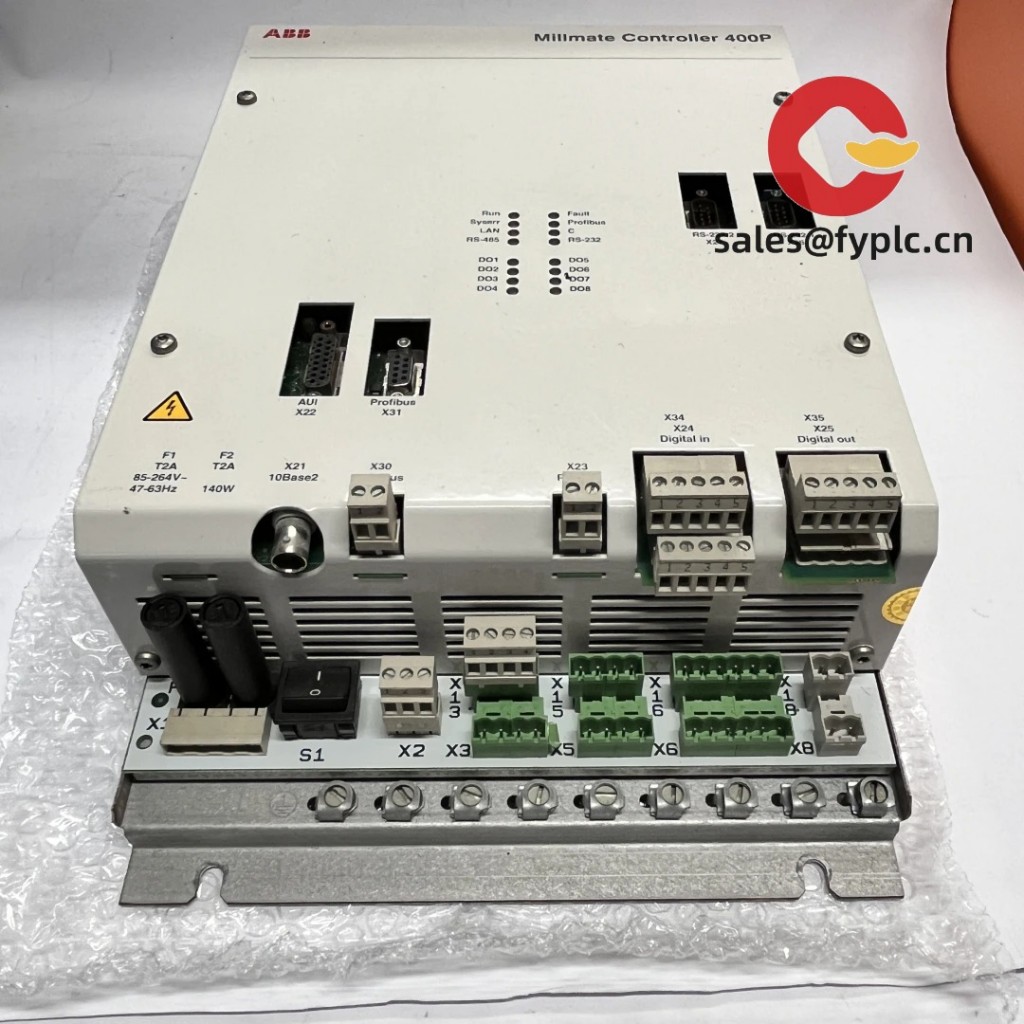
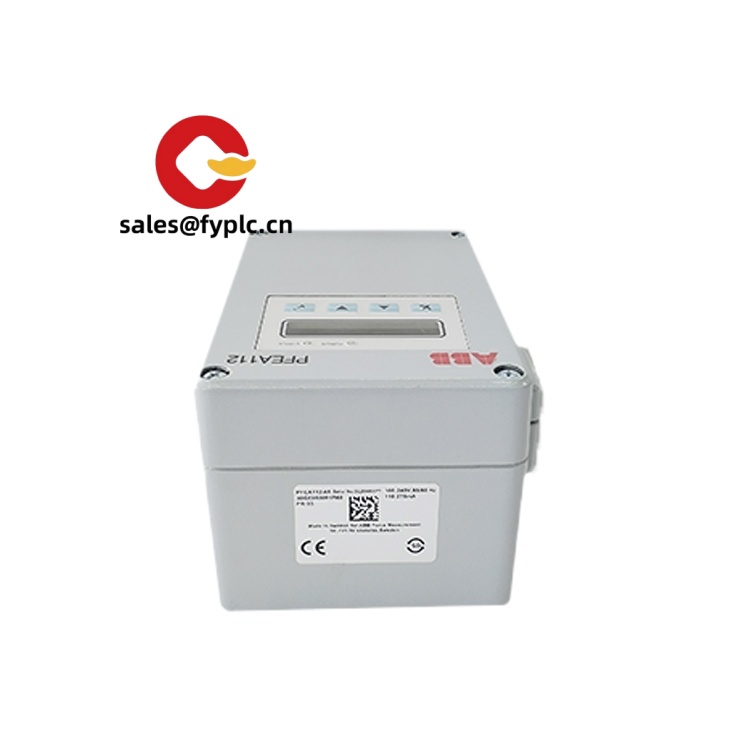

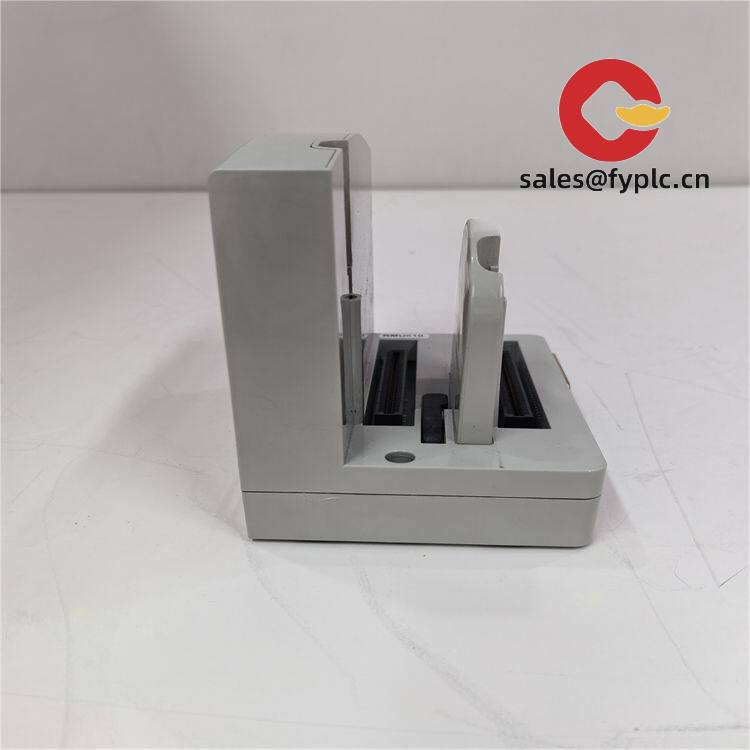
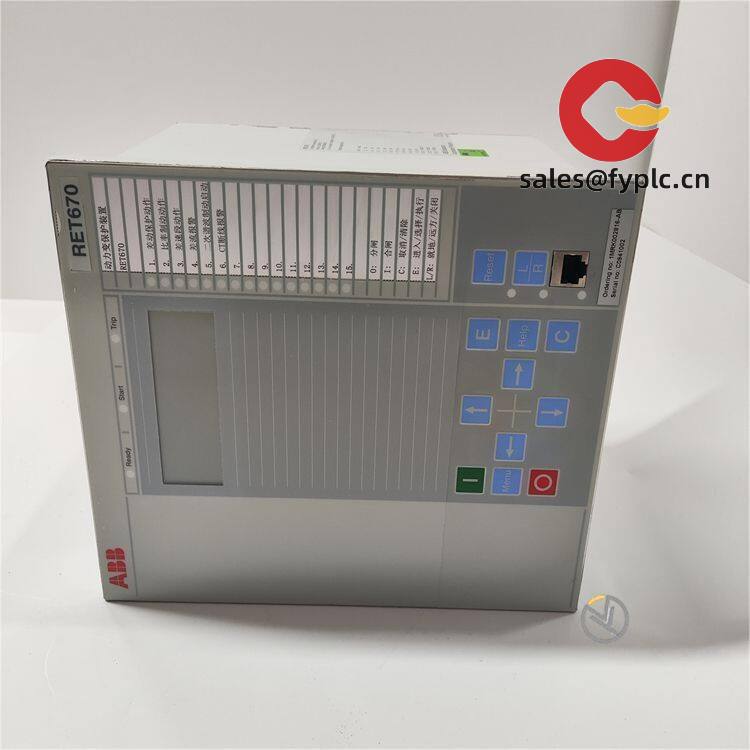
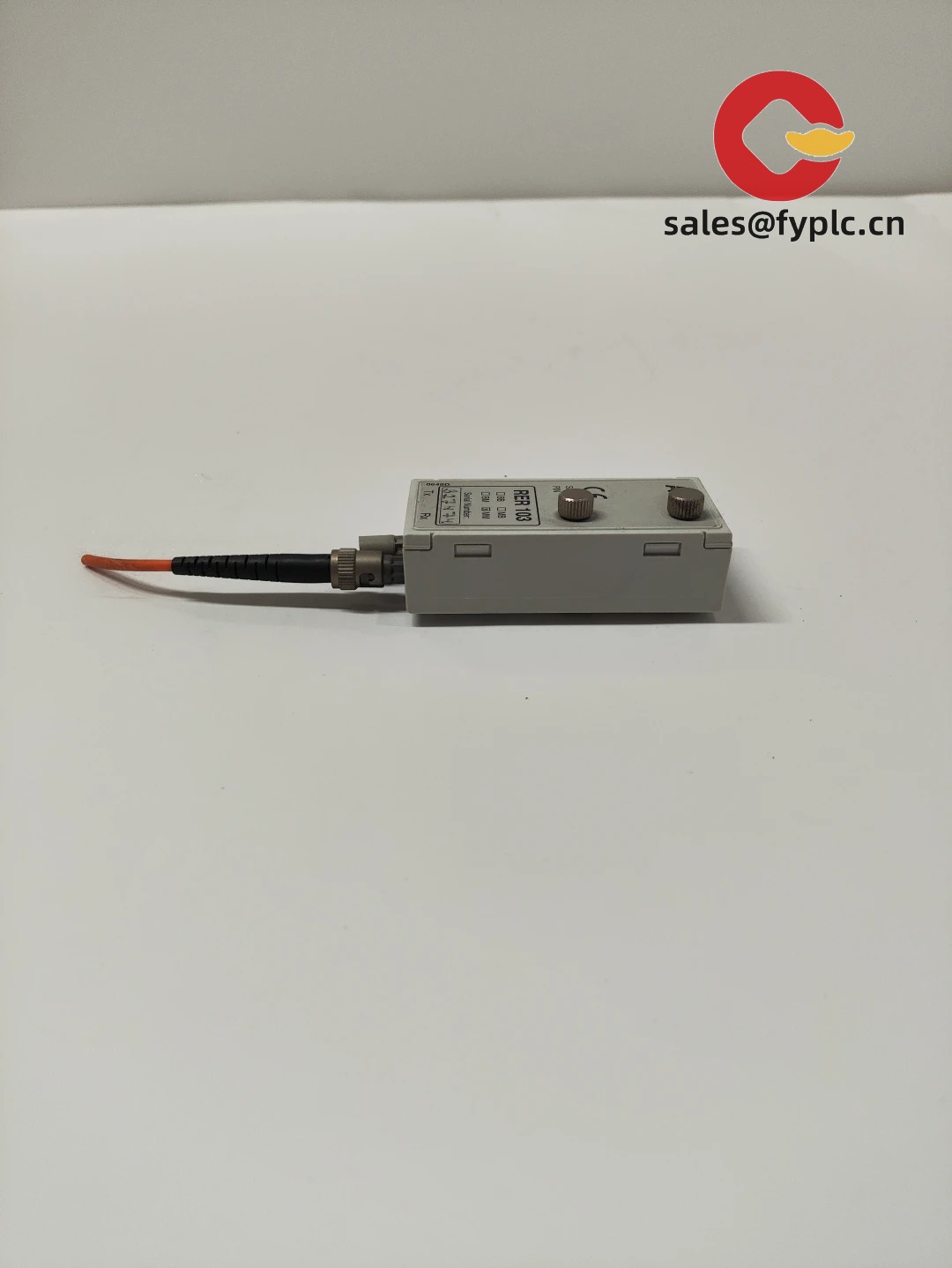
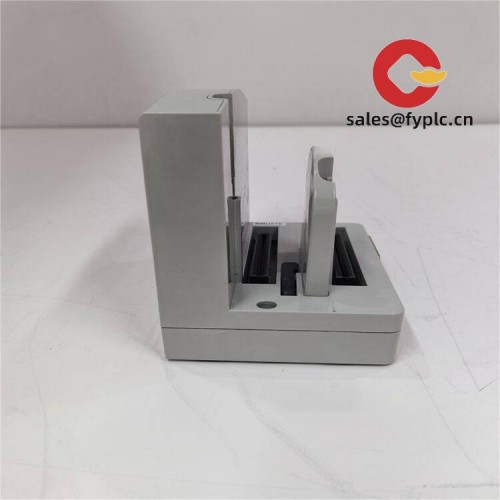
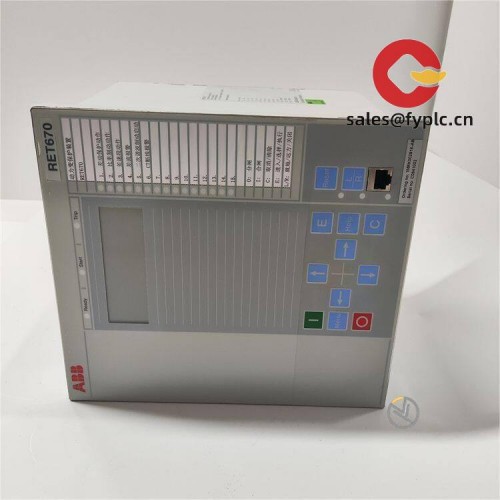


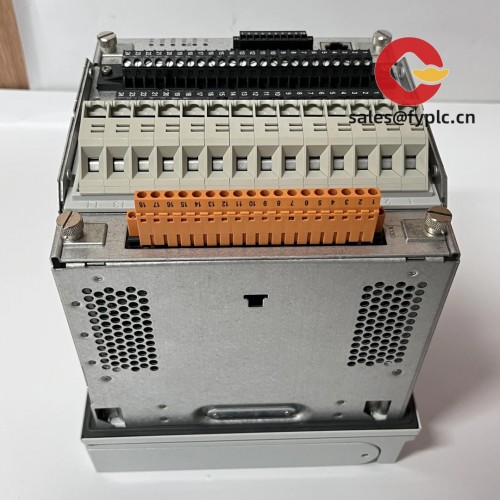


Reviews
There are no reviews yet.